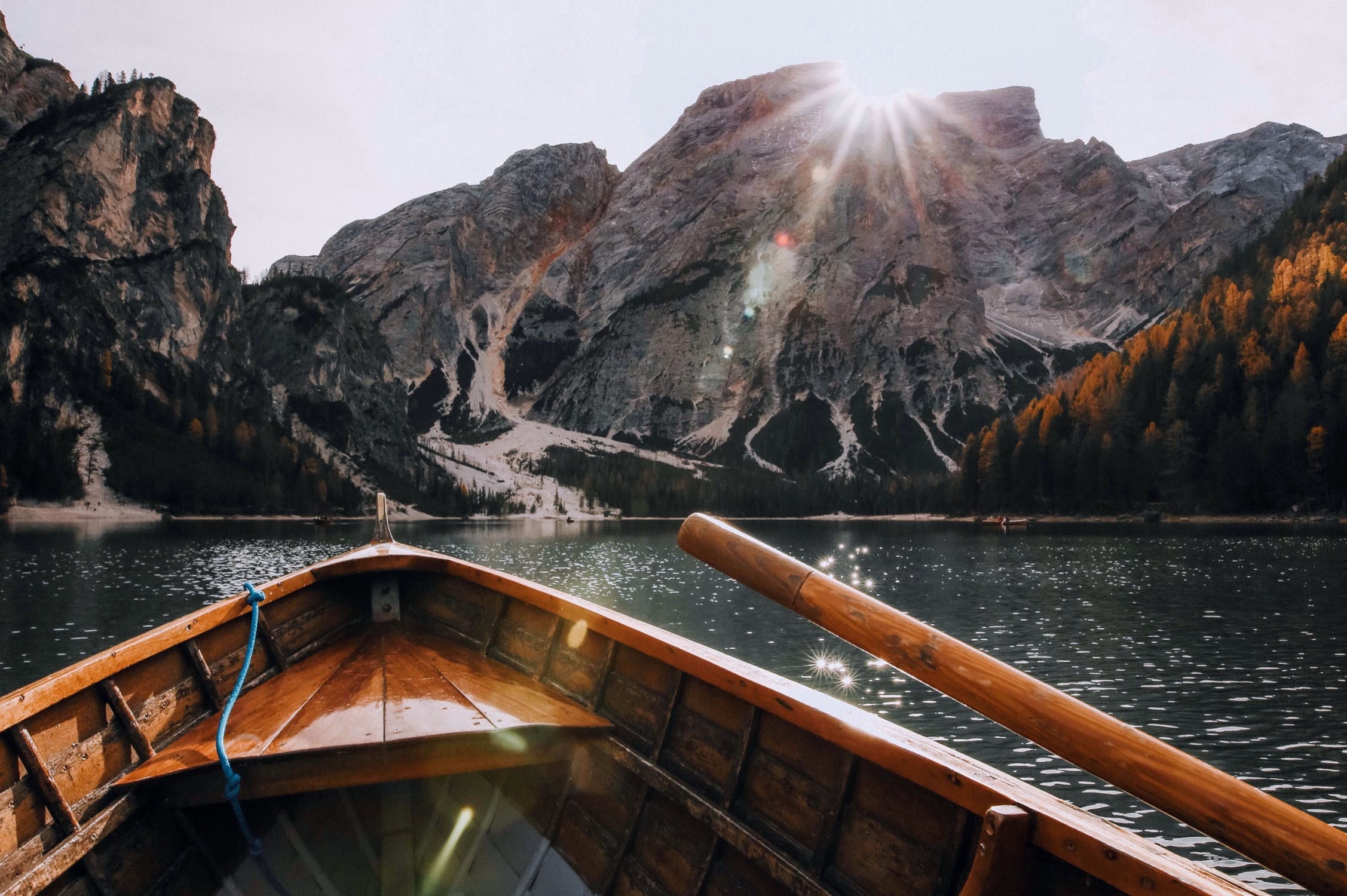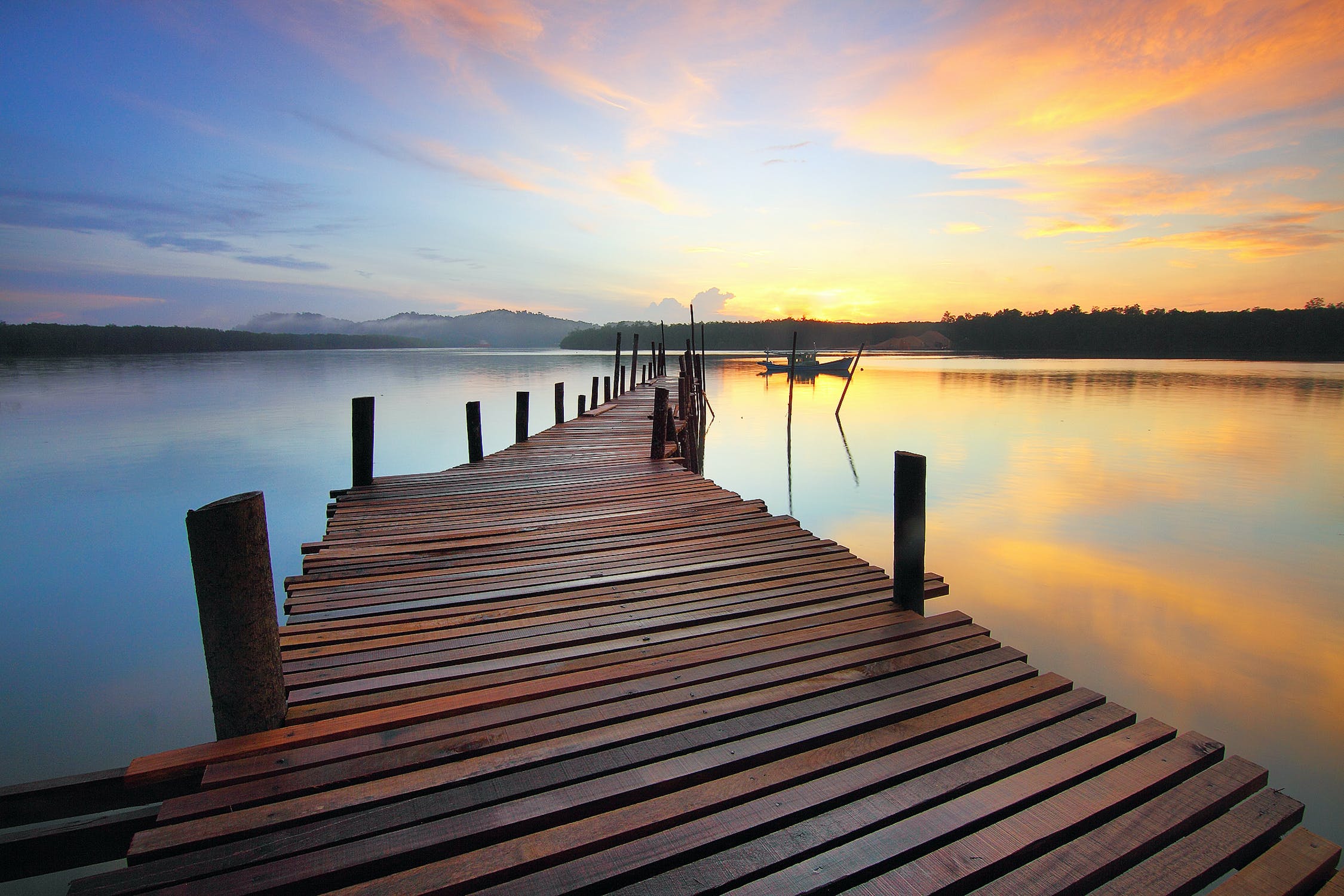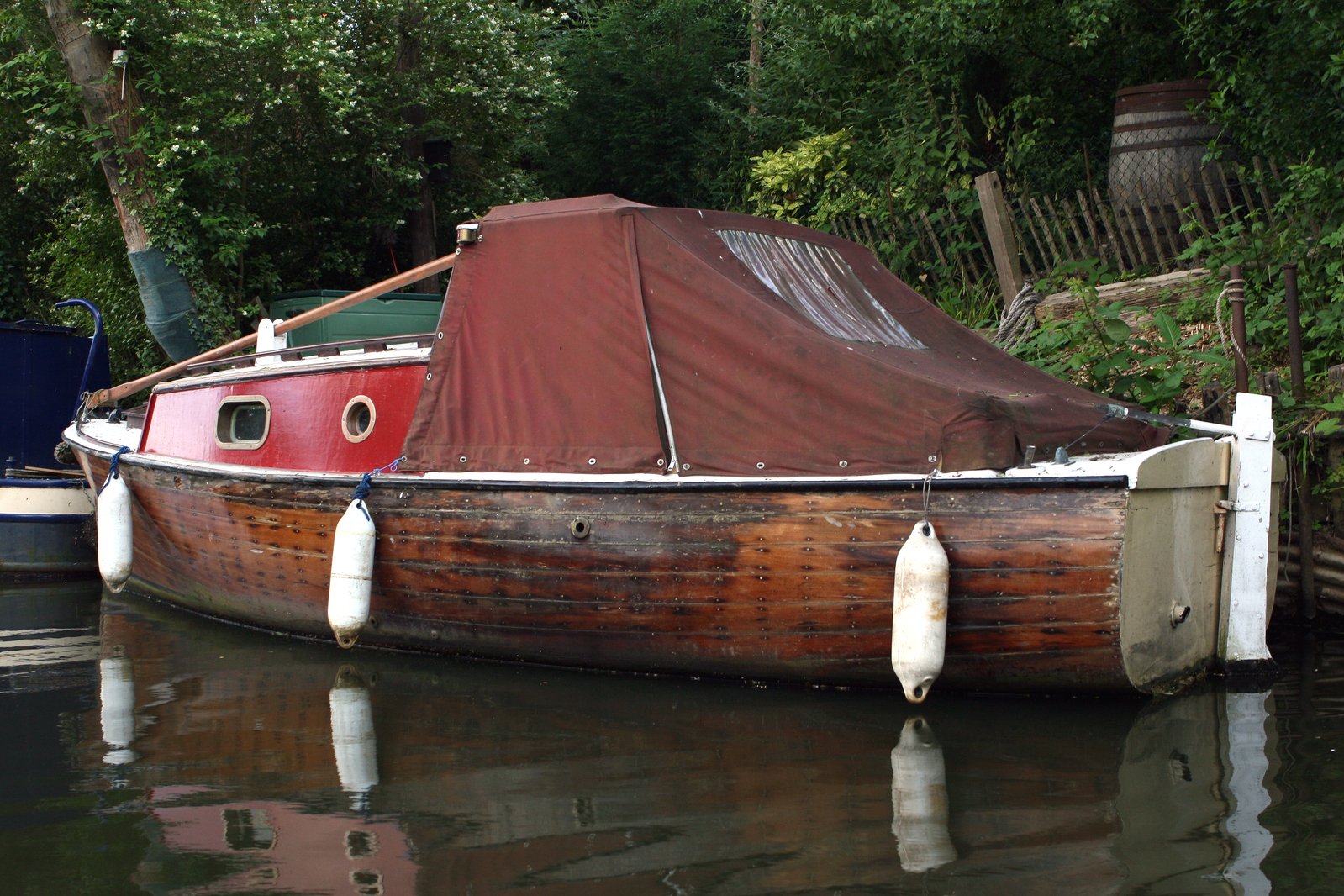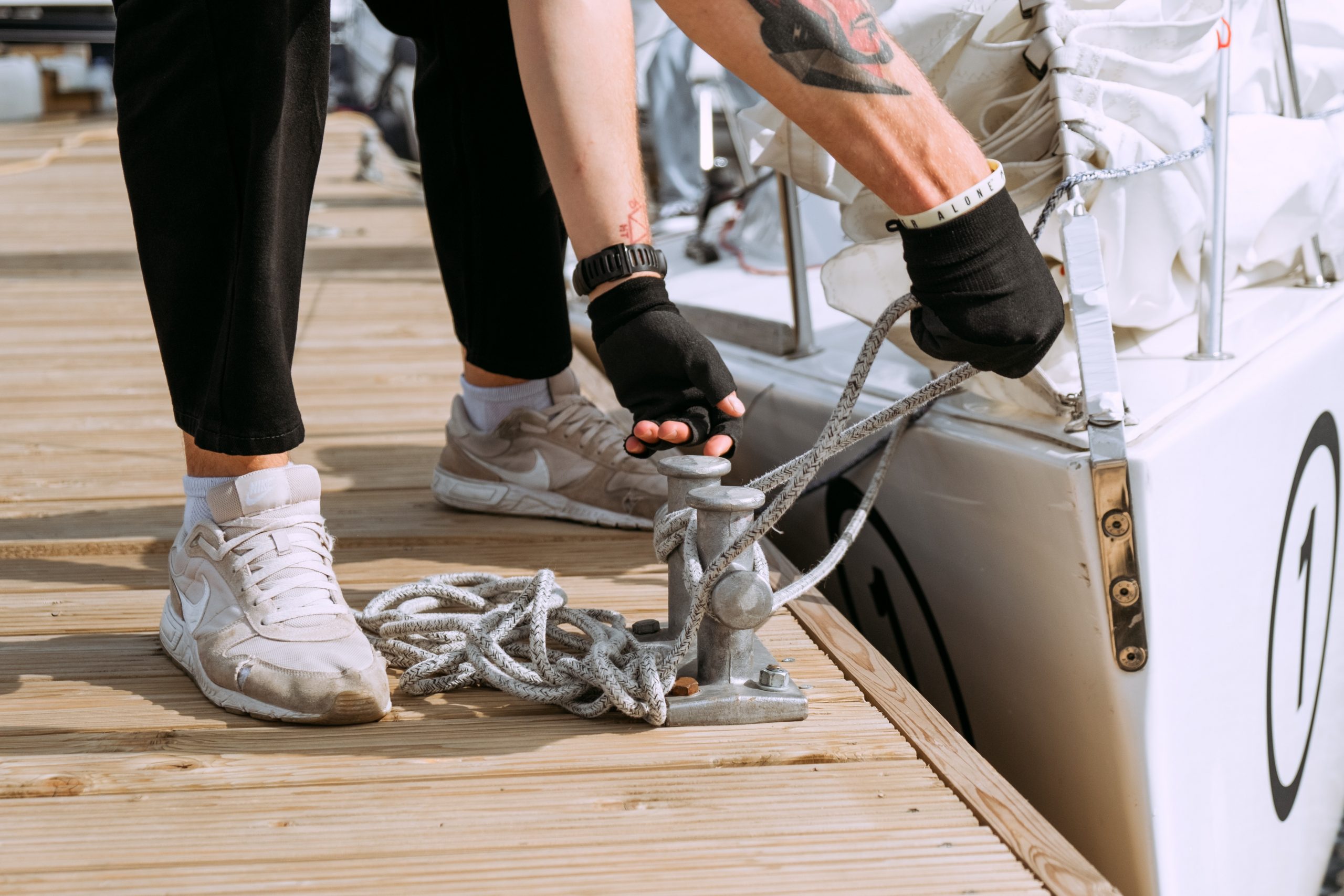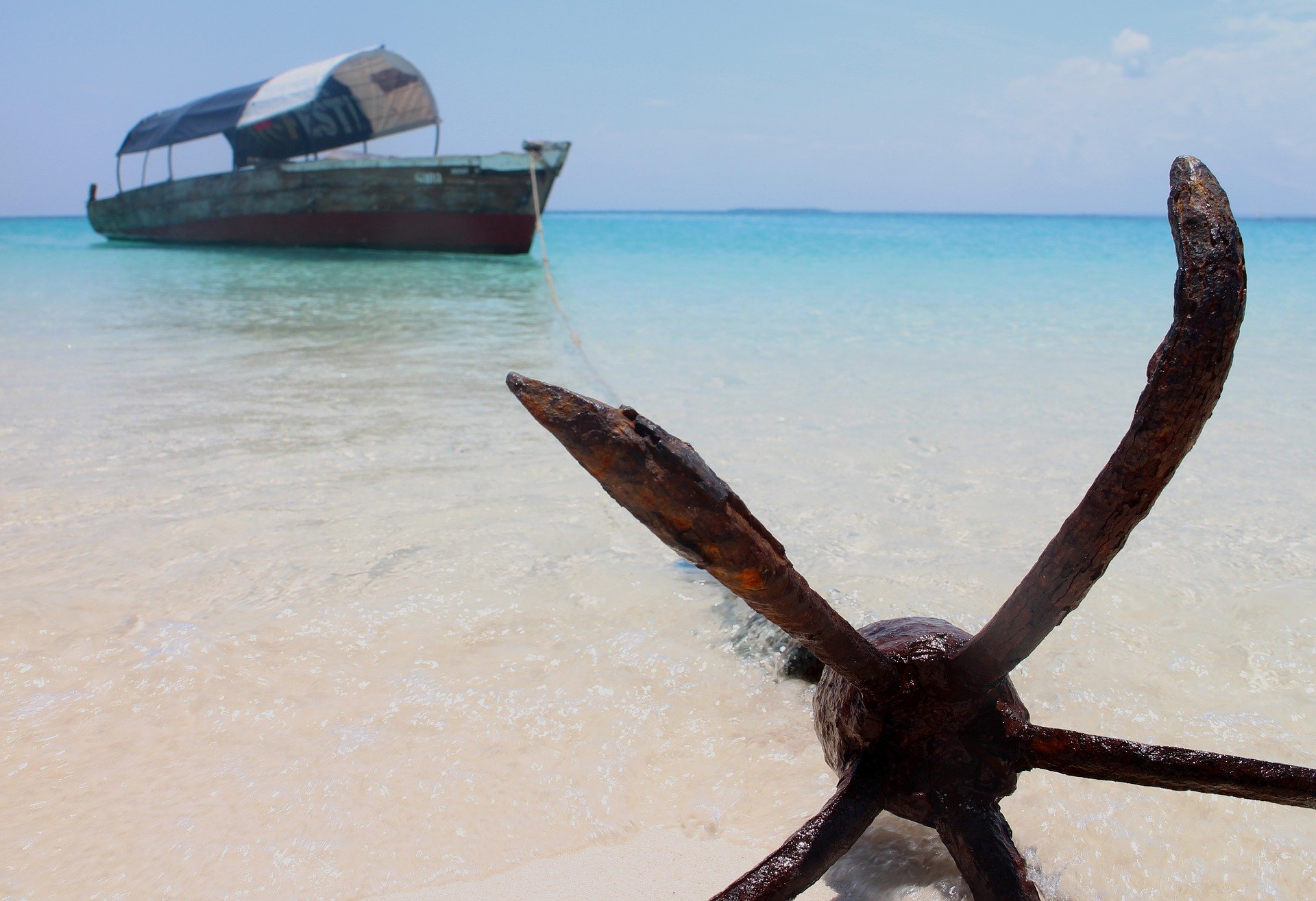
Need a hand when anchoring your boat on a sandbar? In this article, we’ll discuss easy tips to help you anchor your boat smoothly and safely offshore.
WHAT IS A SANDBAR?
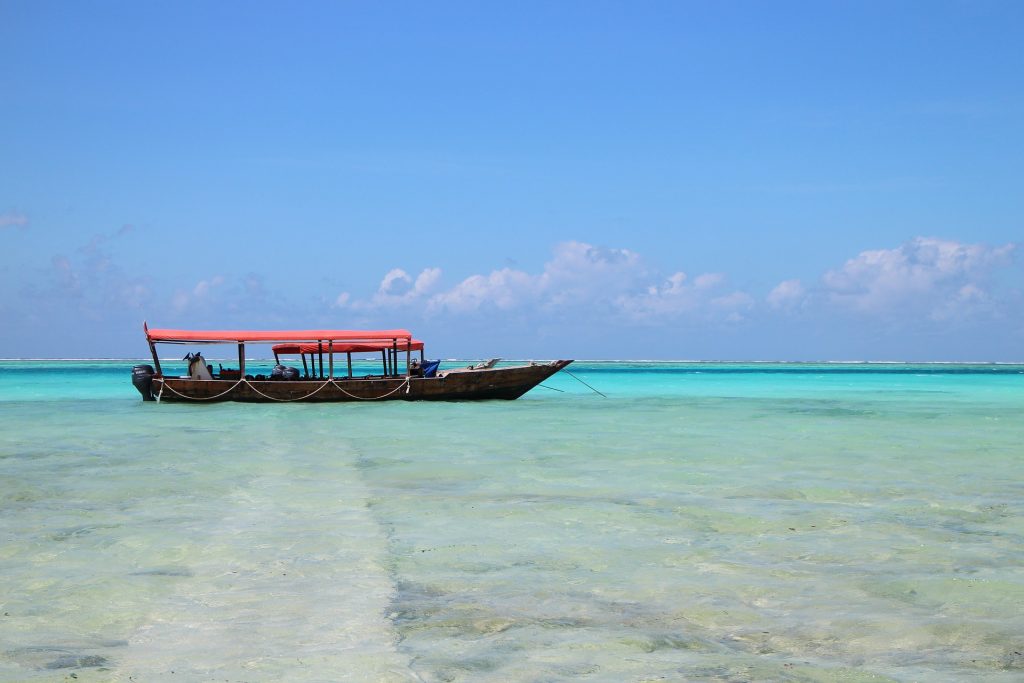
Sandbars or offshore bars are the exposed ridge of sand built by waves from the beach and are often seen in rivers, coastal seas, and estuaries.
They are formed underwater and as waves break, they pull the material from the shoreline that migrates further into the ocean. Sandbars play an important role since they reduce the waves’ energy by breaking them and preventing severe erosion.
WHAT IS THE BEST ANCHOR FOR SAND?
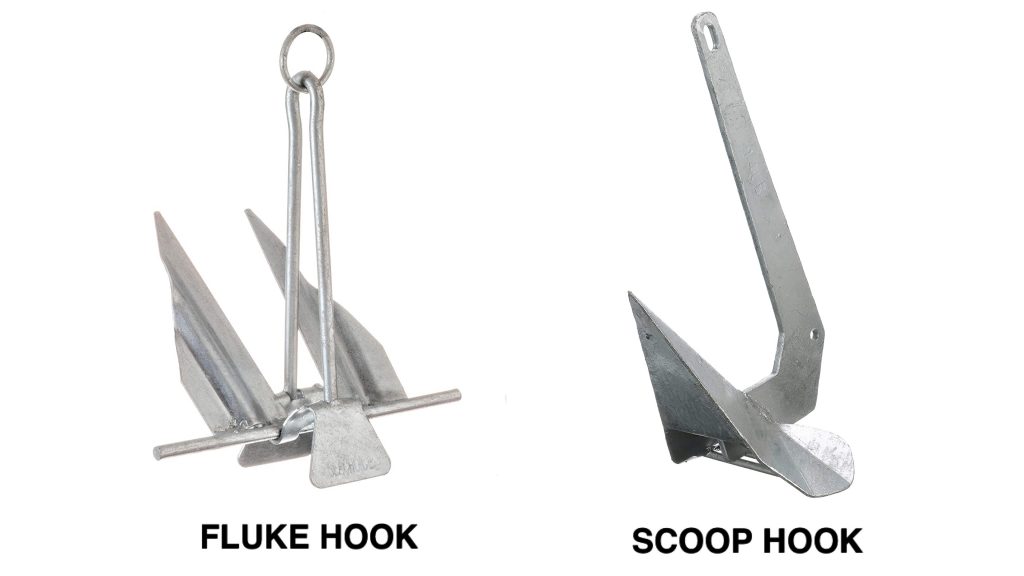
Of course, before giving tips about anchoring on a sandbar, we need to make sure that you have the right anchor for sand. Two top sand anchors are available in the market, the first one is the pivoting-fluke anchor and the non-hinge scoop anchor.
- Fluke Anchors – also known as the Danforth or Lightweight anchor are recommended for smaller boats. They grip well in sand or mud and are excellent in holding a power-to-weight ratio. But these anchors are not recommended for rocky and grassy surfaces.
- Scoop Anchors – the scoop or plow anchors are effective in mud, grass, and sand. Some of the newest scoop anchor designs include roll bars that self-right the anchor. Scoop anchors are usually used by heavy powerboats and cruising sailboats.
8 TIPS FOR ANCHORING ON A SANDBAR
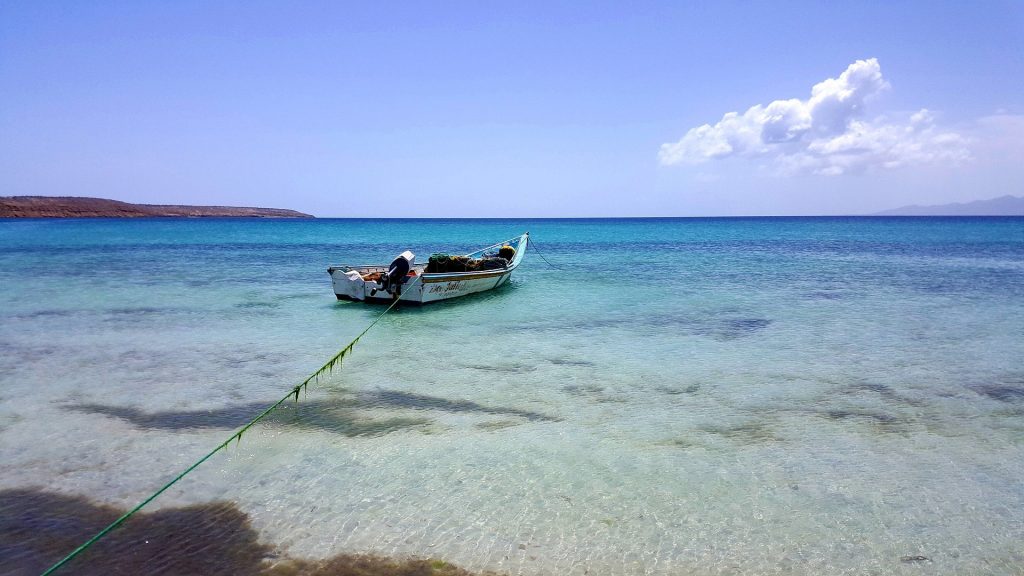
Tip #1 – Be mindful of an exposed stern
For some, the easiest way to anchor their boat is to position the bow facing the sandbar. This may work in specific conditions where waves are minimal but an exposed stern can be swamped and damaged by waves.
Tip #2 – Approach in idle or at a low speed
Always be conscious of your boat’s speed, especially when approaching the shore so your boat’s keel won’t get stuck on the seafloor. Your boat should remain afloat on the water so check the depth constantly, especially when you’re near the shore.
Decrease your boat’s speed and approach the shore in idle to avoid boat wakes. Check if the water is clear and no people are swimming near your boat.
Tip #3 – Set up your fenders
It’s suggested to set up and tie your inflatable fenders after the boat is anchored. Ensure that your fenders are not touching the water and are properly installed to protect the hull and prevent your boat from rubbing against other boats.
While anchoring your boat, make sure that someone is looking after the fender line to make sure that your boat’s fender will not be damaged.
Tip #4 – Watch and reduce your wake
As mentioned earlier, you should decrease your speed to 5 MPH to avoid creating waves/wakes. Large wakes make it difficult to tie your boats and create a force of waves on other boats or onshore people.
Tip #5 – Do a 180
When your boat is close to the shore, check if the water is at knee level. If it is, you can now turn your boat 180 degrees so that your boat’s stern will face inland. As mentioned in tip #1, an exposed stern can swamp your boat so better protect them by doing this technique.
Tip #6 – Be knowledgeable about tides
Being aware of the incoming and outgoing tide can help you estimate how much space your boat needs for an anchor. This will prevent your boat from getting stuck or drifting far from the shore.
Tides are a huge factor when anchoring your boat, make sure to check the weather forecast for readiness and easy anchoring.
Tip #7 – Ask for help if needed
There’s nothing wrong with asking for help. It will actually save your time and effort so don’t be shy to ask someone to help you. It’s better to admit that you’re having a hard time instead of doing it by yourself and end up in a worse situation.
Tip #8 – Turn off your engine
Turn off your engine and idle your boat as you approach the shore. No worries about not getting on the sandbar, the wind and the wave carry your boat and will let it move towards the land.
HOW TO ANCHOR NEAR SHORE
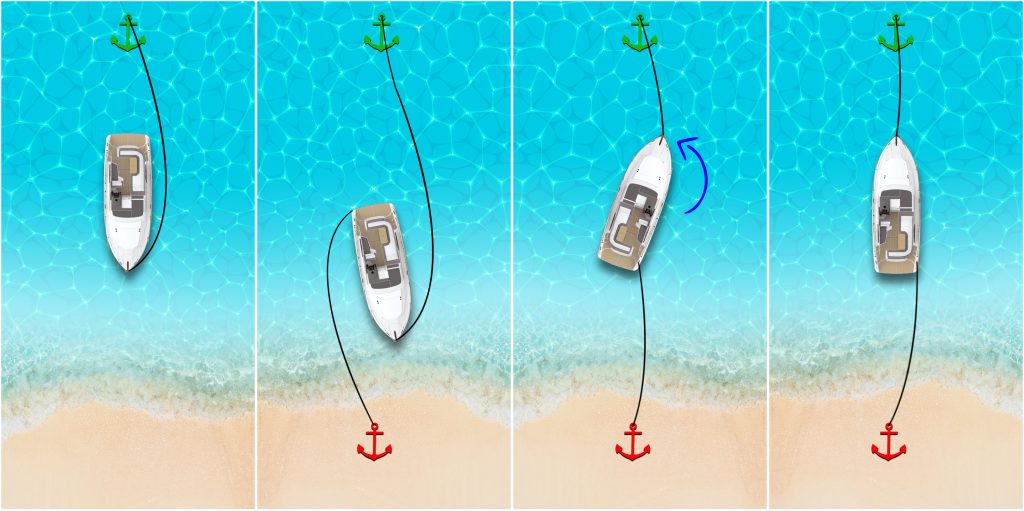
Need some easy step-by-step instructions on how to secure your boat when anchoring near shore? Here are 4 easy steps that you can follow:
- Once you’re near the shore, prepare to drop the bow anchor off the stern. Then you can route your anchor line on the outside of the boat, turn the boat towards the shore and drop the anchor from the stern. Once the bow anchor is down, slowly proceed towards the shore and decrease the speed of your boat or switch to idle mode.
- Move to the shore carefully and pause at the shoreline. Ask one person to unload the stern anchor on the shore and make sure that it is properly placed in the sand.
- Make a 180-degree turn with your boat – stern facing the shore, bow facing the other side.
- Once you’re satisfied with your position, head to the stern and pull in the stern anchor rode. Do the same thing to the bow anchor until you have enough tension on both anchor lines.
CONCLUSION
Tides, waves, and depth. These are the important factors to remember when anchoring on a sandbar. They are all unpredictable so better double-check your surroundings to avoid accidents.
Do you have your own anchoring tips? Share your thoughts and comment below.
